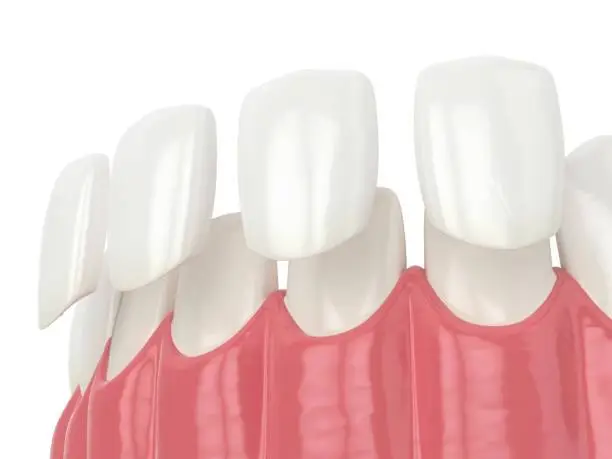Full mouth rehabilitation is a comprehensive dental treatment aimed at restoring the health, function, and aesthetics of a patient’s entire dentition. This multifaceted approach addresses various dental problems that affect the teeth, gums, jaw joints, and muscles. Through a combination of restorative, cosmetic, and surgical procedures, it aims to improve oral health, enhance chewing function, and create a pleasing smile.
Aims and Importance of Full Mouth Rehabilitation:
Here are key objectives of full mouth rehabilitation encompass:
● Restoring Functionality:
Full mouth rehab aims to restore proper chewing, speech, and bite function compromised by dental issues such as missing, worn, or damaged teeth.
● Enhancing Aesthetics:
By addressing dental imperfections, such as discoloration, misalignment, or irregularities in tooth shape and size, full mouth rehabilitation aims to enhance the appearance of the smile and boost patient confidence.
It targets the treatment of dental diseases, including cavities, gum disease, and infection, to promote optimal oral health and prevent further deterioration of the teeth and supporting structures.
● Easing Pain and Discomfort:
Patients experiencing dental pain, discomfort, or temporomandibular joint (TMJ) disorders can benefit from full mouth rehabilitation, as it addresses underlying issues contributing to their symptoms.
● Enhancing Long-Term Oral Function:
Full mouth rehabilitation comprehensively tackles dental issues, offering lasting oral health benefits and enhancing quality of life.
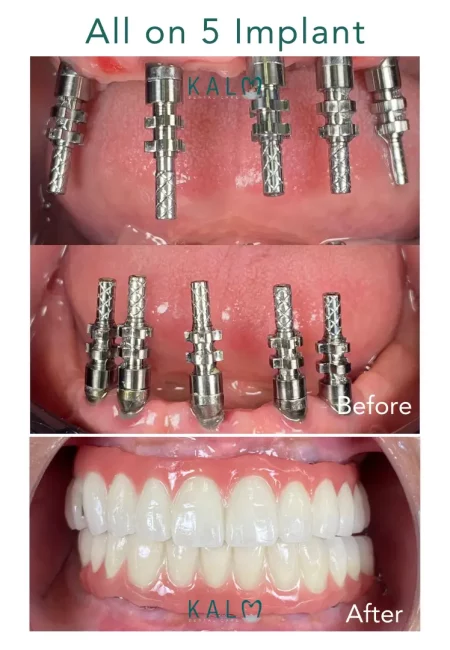
Procedure of Full Mouth Rehabilitation:
Full mouth rehab typically involves a series of comprehensive steps tailored to each patient’s specific needs. The procedure may include:
1. Initial Assessment:
The dentist conducts a thorough examination of the patient’s oral health, including an assessment of the teeth, gums, jaw joints, muscles, and bite. Diagnostic tools such as X-rays, dental impressions, and digital scans may be used to gather detailed information.
2. Treatment Planning:
After assessing the patient, the dentist crafts a personalized treatment plan detailing the steps to tackle their dental problems. This plan could cover fillings, crowns, bridges, implants, dentures, gum therapy, braces, and cosmetic improvements.
3. Preparatory Procedures:
Before initiating the main restorative work, any existing dental infections, decay, or gum disease are treated to create a healthy foundation for rehabilitation. This may involve root canal therapy, periodontal treatment, or tooth extractions as needed.
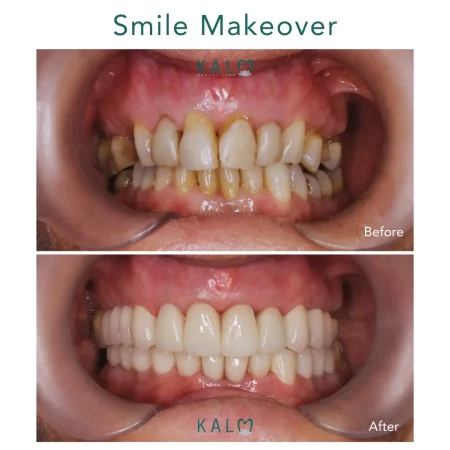
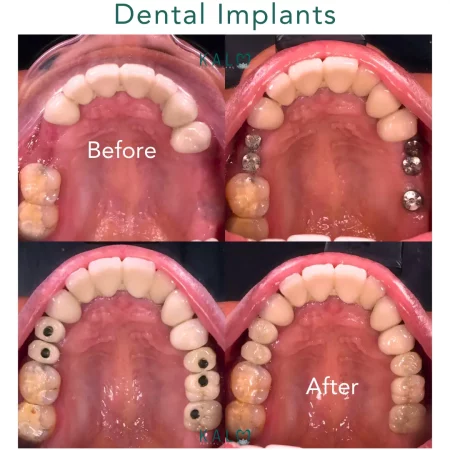
4. Restorative Phase:
The full mouth rehab’s restorative phase executes the dental plan, repairing or enhancing teeth and structures with crowns, bridges, implants, braces, or cosmetic treatments like whitening or veneers.
5. Occlusal Adjustment:
Achieving proper alignment and balance of the bite is crucial for long-term stability and comfort. The dentist may perform occlusal adjustments to ensure that the teeth come together harmoniously during chewing and speaking.
6. Final Evaluation and Maintenance:
Once the restorative work is complete, the patient undergoes a final evaluation to assess the outcome of the rehabilitation. Regular follow-up visits and maintenance care are essential to monitor oral health, prevent future problems, and ensure the longevity of the treatment outcomes.
Common Dental Problems Leading to Rehabilitation:
Full mouth rehab may be necessary for various dental problems, including severe decay, tooth loss, wear, malocclusion, and gum disease. Specifically, extensive cavities can significantly damage teeth, necessitating rehabilitation to restore health and function. Similarly, tooth loss due to decay, trauma, or gum disease disrupts chewing, speaking, and smiling, leading to the need for replacements like implants, bridges, or dentures. Moreover, excessive wear from bruxism, acid erosion, or abrasive habits weakens teeth, requiring restoration to rebuild and protect against further damage.
Additionally, misaligned teeth, jaws, or bites can cause chewing difficulties, jaw pain, and TMJ disorders, often addressed with orthodontic treatment in rehab. Furthermore, advanced gum disease involving inflammation, bone loss, and tooth mobility may require periodontal therapy and restorative procedures to stabilize teeth and enhance oral health. Indications for full mouth rehabilitation include persistent dental pain, multiple missing or decayed teeth, chewing or speaking challenges, uneven wear or bite issues, and cosmetic concerns
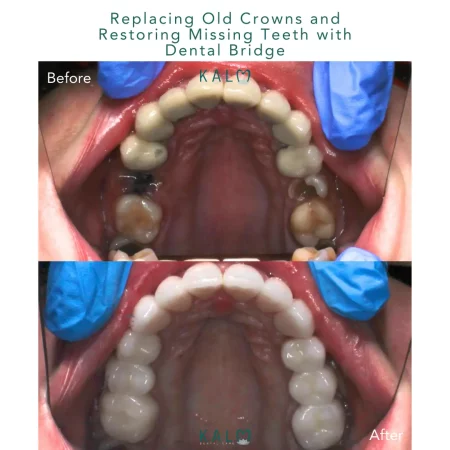
Importance of Post-Treatment Maintenance:
After full mouth rehab, maintaining oral hygiene and regular check-ups is crucial to keep treatment results lasting. Patients should follow oral care advice and schedule follow-ups to monitor and promptly address any new issues.
Conclusion:
Full mouth rehabilitation plays a crucial role in addressing complex dental problems and restoring oral health, function, and aesthetics. By comprehensively treating various dental issues, including tooth decay, tooth loss, malocclusion, and gum disease, full mouth rehabilitation aims to improve patient outcomes and enhance quality of life. Recognizing early signs and acting quickly ensures optimal oral health and a confident smile for years to come.

Book your appointment
Embrace the confidence that comes with a radiant smile – because your smile deserves the best care.



